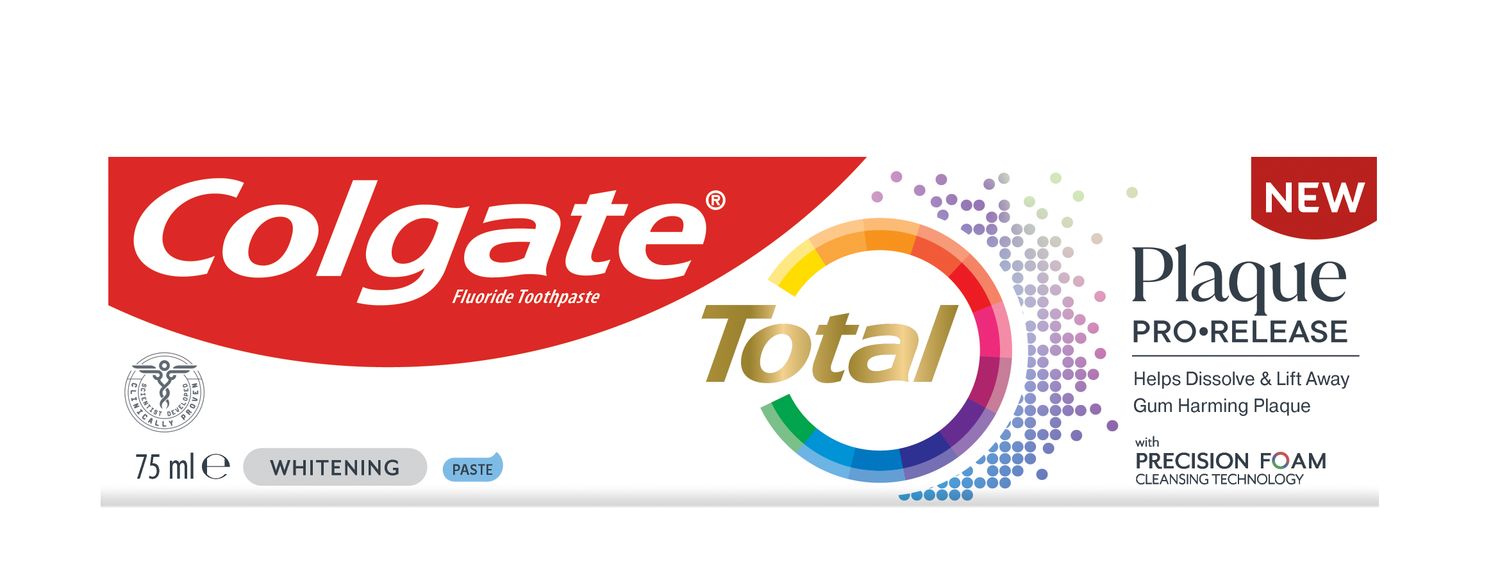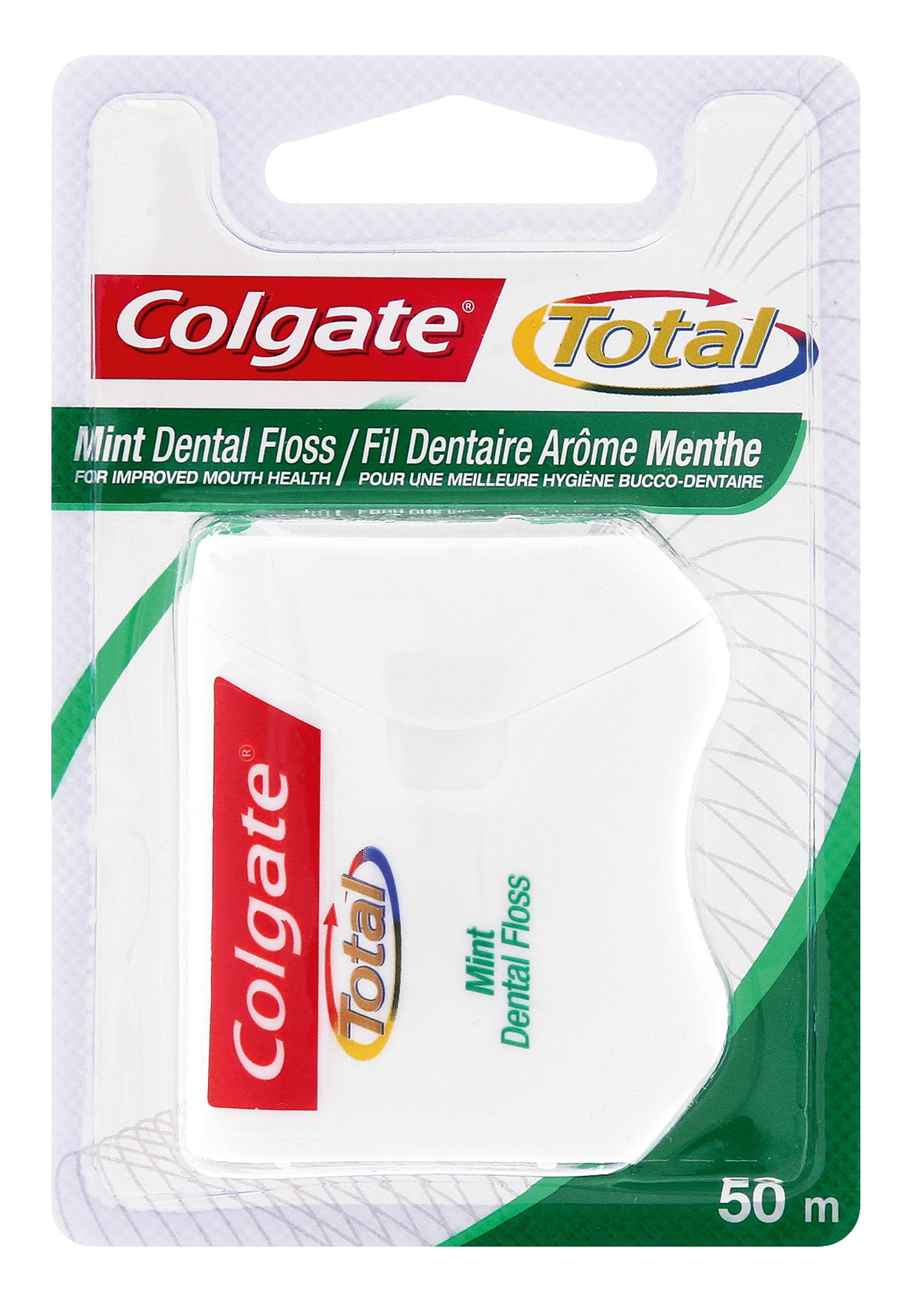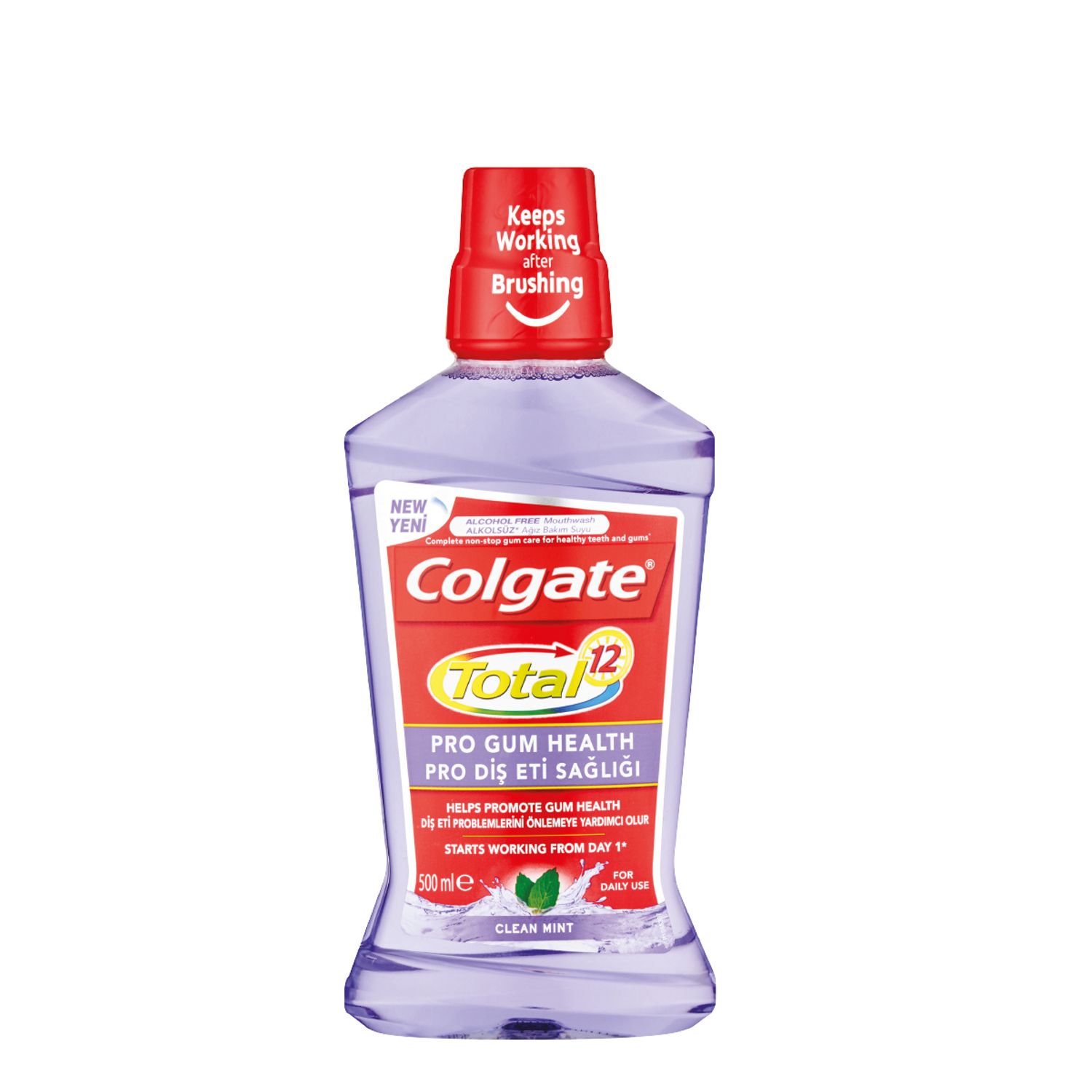Types of Gum Boils or Dental Abscesses
When a fluid-filled bump or boil forms on your gums or around your teeth, it's usually an abscess. As the National Institutes of Health (NIH) explains, an abscess is the collection of pus in any part of the body. There are two categories of dental abscesses: gum abscesses and tooth abscesses, also known as periapical abscesses, according to the U.K.'s National Health Service (NHS). While gum abscesses develop in the periodontal tissue, a tooth abscess forms at the tip of a tooth's root.
As the Ministry of Health Malaysia points out, gum abscesses can take three forms:
- Gingival abscesses are localised, often painful lesions located in the gum area right around the top (or "neck") of the teeth.
- Periodontal abscesses usually develop deeper in the gums, often in a periodontal pocket.
- A pericoronal abscess typically develops around the crown of a tooth that hasn't fully broken through the gums (such as an impacted wisdom tooth).
Of the three types of gum abscesses, periodontal abscesses are the most common. A review published in the IOSR Journal of Dental and Medical Sciences states that periodontal abscesses make up six to 14 percent of all dental emergencies and are the third most common dental emergency overall. The British Medical Journal (BMJ) notes that gingival abscesses are among the least common dental abscesses.
Causes and Symptoms
Both tooth and gum abscesses are caused by germs in the mouth, explains the NHS. Periodontal abscesses in particular often occur as a complication of untreated gum or periodontal disease, as the Government of Alberta explains. When a person has periodontal disease, the gums pull away from the teeth, creating pockets that capture germs and allow them to grow. Tartar and food can get stuck in these pockets, leading to the development of pus. If the pus can't drain from these pockets, an abscess can form.
An abscess is often accompanied by inflammation, swelling and pain, according to the NIH. Left untreated, the infection may spread to other areas of the body.
Treating a Gum Boil or Abscess
Staying on top of your oral health by seeing your dentist for regular check-ups will help you detect and treat any abscesses before they can cause complications. As the NIH notes, an untreated abscess can spread infection to other parts of the oral cavity, like the jawbone, and even lead to the loss of the nearby tooth.
When evaluating an abscess, your dentist will take note of your symptoms and will likely take panoramic X-rays to determine the source of the infection, notes the BMJ.
Usually, the first step for treating an abscess involves eliminating the infection. Your dentist may give you a prescription for antibiotics, reports the Government of Alberta. They may also drain the abscess to remove the pus, which can help relieve any discomfort. In more serious cases, there is a chance that your dentist will need to remove the nearby tooth or perform surgery to restore any bone damaged by the abscess.
Keeping Your Gums Healthy
A strong oral care routine at home can help you manage the symptoms of gum disease, reduce the risk of cavities and prevent future abscesses from developing. Brushing twice a day and flossing daily will help you remove plaque and food bits from your gums and the surface of your teeth. Along with a good oral care routine, limiting sugary foods and drinks and avoiding tobacco will also help you keep your gums and teeth as healthy as possible. If you're not sure where to start when it comes to your oral health, remember that your dentist is an excellent source of advice on how to minimise your risk of dental infection.














